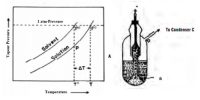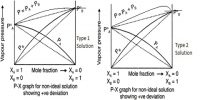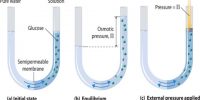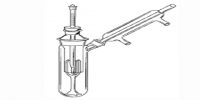Measurement of Vapour pressure by Isoteniscope:
In one method described by A. Smith and A W. C. Menzies a device, known as Isoteniscope (Figure) is used. A bulb, about 3 cm in diameter, is about half-filled with the experimental liquid; the liquid is introduced into the two limbs of the tube. The Isoteniscope is placed in a constant temperature bath and is connected to a vacuum pump. There is a manometer, M, in the line and a large bottle, C, for regulating the pressure.
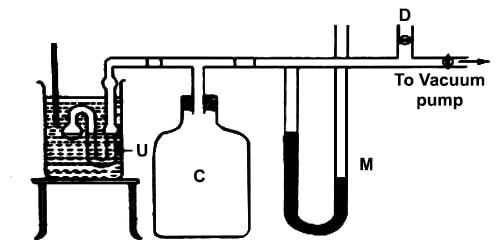
The air in the liquid is first boiled out. The pressure is reduced and then adjusted with the help of the regulator bottle until the level of the liquid is the same in both the limbs of the U-tube. The liquid is allowed to boil for a while to drive out any air or other contaminating gases. The condensate from this boiling collects in the U-tube, which will be the internal open-end manometer. After an appropriate time the system is closed, the bath is allowed to slowly cool, and the data-taking process begins. The pressure registered by the manometer at this point is the vapour pressure of the liquid at this temperature.
